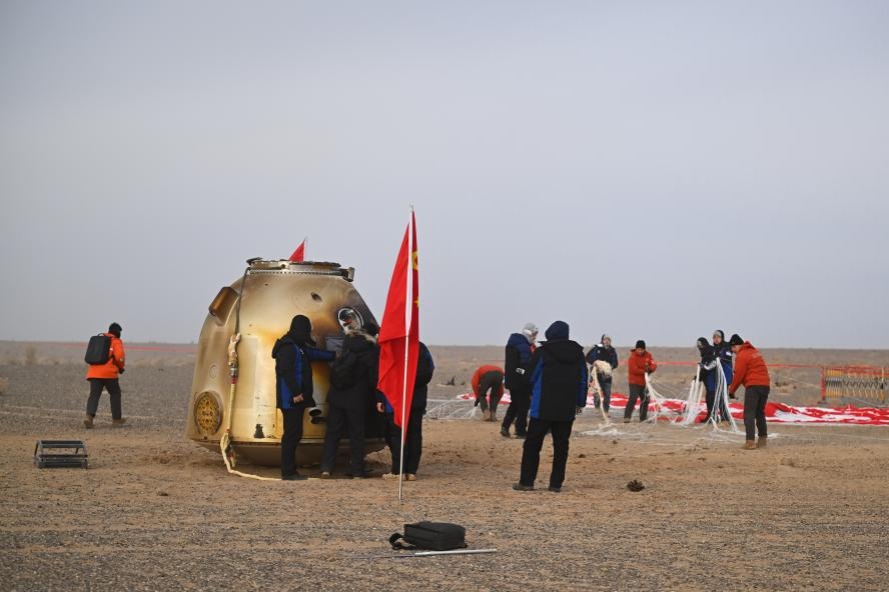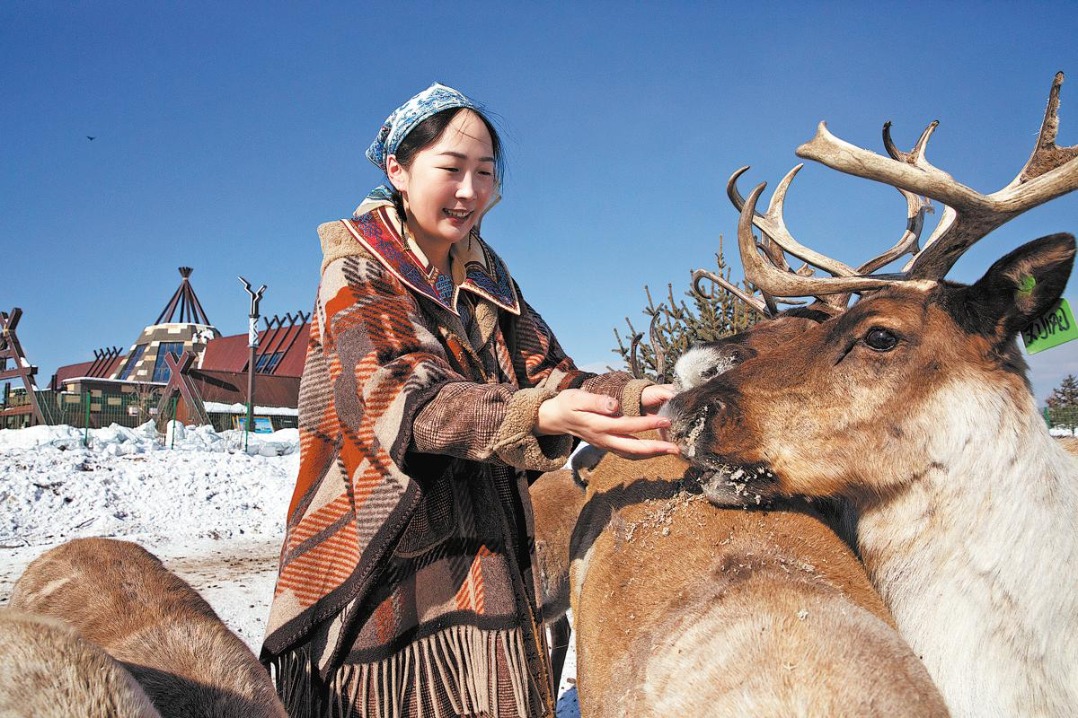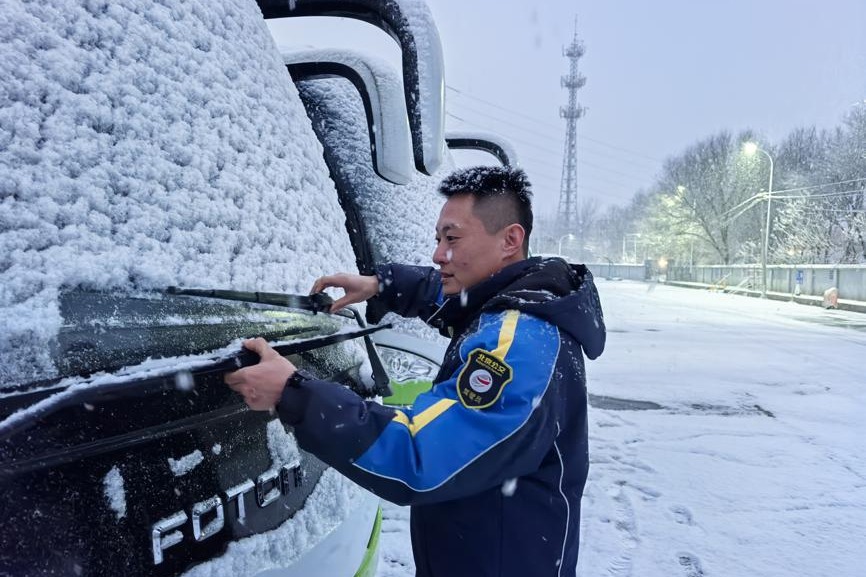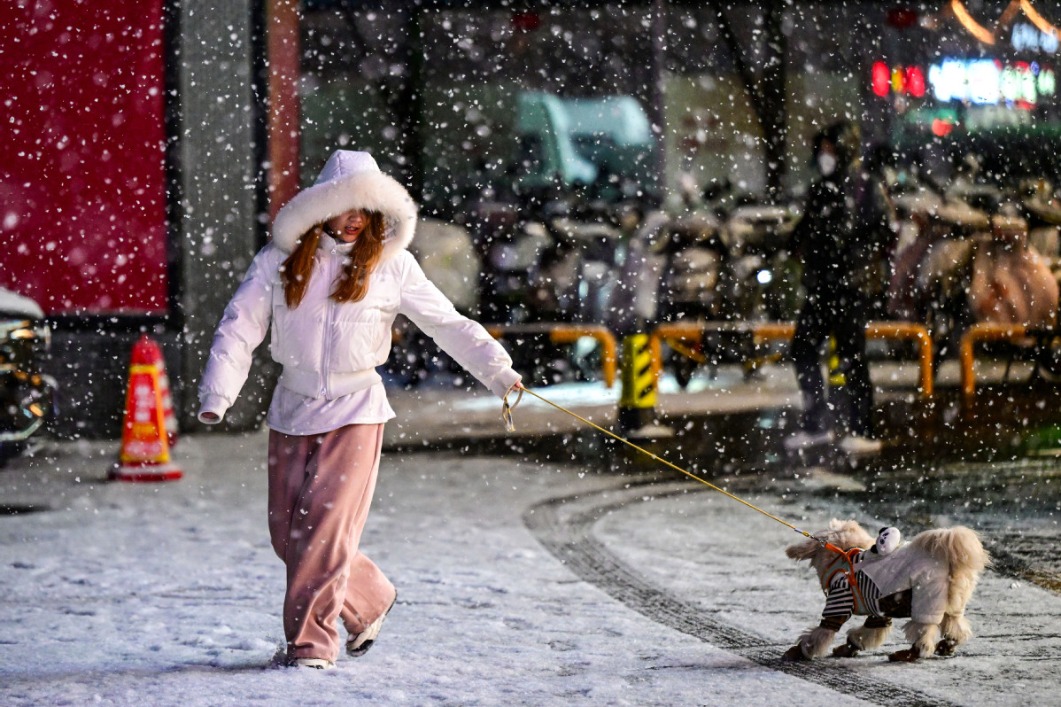Burma Road sacrifices recalled on 80th anniversary


More than 200,000 farmers from the Han, Yi, Dai, Jingpo, Bai, Wa and Miao ethnic groups were soon mobilized to take part in the work, many of them seniors, women and children, as most young men had joined the army.
According to records in Longling, the county's then-head, Wang Xiguang, received a message with a feather attached - a sign of urgency - ordering him to complete a certain section of the road ahead of a deadline. The order came before the work had started.
The message also came with a pair of handcuffs, signifying that if this work could not be finished in time, Wang should surrender himself to the authorities as punishment.
The engineering corps organized short training courses on civil works for some volunteers from home and abroad who safely avoided the Japanese blockade of the mountains. Along with farmers-turned-laborers, almost all of them were illiterate and had no experience of building roads.
Local government records show that the courses included instruction on leveling road surfaces with grit, avoiding sharp bends and steep slopes, building a basic road drainage system, and constructing simple bridges with a load-bearing capacity of at least 10 tons.
Most building materials were local stone, and the tools were simple farm implements along with stone rollers.
The distribution of labor was clearly defined. The limited number of men were assigned to pull the stone rollers and dig holes to set the detonators. Women, the elderly and children broke large rocks into grit with hammers, and delivered it to the construction sites.
Columnist Ji Shaoyu, who has researched the Burma Road, wrote on his microblog: "This huge group may have appeared to be the strangest road builders the world has ever seen. They wore different kinds of homespun clothes from their ethnic groups, spoke different languages, but worked together.
"Some women carried their babies on their backs while hammering rocks. The older children took their pets to the construction sites, and some Dai children even kept monkeys."
Dangerous job
But a lack of food, medicine, tools and experience meant that death was always a threat.
Statistics from local governments show that more than 3,000 people died in accidents, from infectious diseases, hunger, floods and landslides at construction sites in eight months, meaning that three people died on average for every kilometer of the road built. Most were buried beside the road in unmarked graves.
Fu Shimin, chairman of the Historical Culture Institute of the War of Resistance Against Japanese Aggression in the West of Yunnan, said: "It took dozens of men to pull a large stone roller up one side and push it down the other side of a slope. Everything was controlled by manpower. It was a dangerous job, and many lost their lives under stone rollers.
"Some elderly people I interviewed who helped to build the road are still haunted by memories of these accidents. Herbs and maize were their main food. The heavy labor, shortage of food, and malnutrition quickly sapped their strength."
- China launches long march 12 rocket, deploys satellites for expanding space network
- Global gathering transforms Yixing village into youth hub
- China's prosecutors intensify crackdown on crime, charge 1.27 million in first 11 months of 2025
- China sends task force after deadly explosion in Inner Mongolia
- China's grain and livestock output rise in 2025
- Cold wave sweeps China, forcing school closures and snow response




































